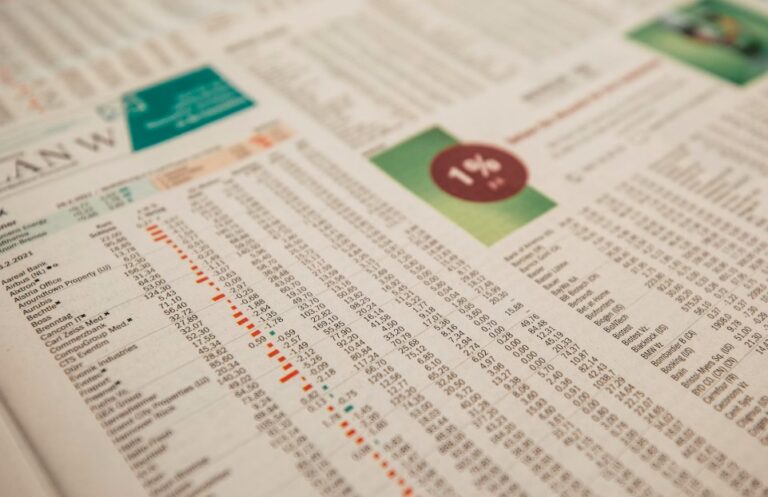Futures are a derivative instrument traded on regulated markets through which the buyer and seller undertake to exchange a certain quantity of a financial or real asset, i.e. the underlying, at a pre-established price and with deferred settlement at a pre-established future date. If the underlying asset is a raw material, it is called a commodity future.
Large banks, as well as investment funds and companies, use this tool to hedge a position on an asset, or a raw material with which they work.
For example, you might consider an oil company that purchased x barrels of extracted oil. The company, to hedge against the fall in prices, can sell x futures contracts of the commodity in question, i.e. oil, in order to protect itself from any drops in the price.
Even though they were created as hedging instruments, futures are also widely used for speculative purposes, given that they allow leveraged operations on regulated and usually highly liquid markets.
Table of Contents
How futures work
In futures, both parties, buyer and seller, are obligated to make a performance at expiration. This is why it is said that futures are symmetric contracts.
The operator who buys the future, i.e. who undertakes to purchase the underlying at expiry, takes a long position, while the operator who sells the future takes a short position. In most cases, futures trades do not end with physical delivery of the underlying asset.
In fact, traders usually prefer to liquidate their positions by reselling a previously purchased futures contract or by purchasing the previously sold futures contract, thus saving on delivery costs.
If, however, the future expires, it can be liquidated by cash settlement, i.e. the procedure for extinguishing financial obligations, by calculating the monetary value. Or the physical delivery of the underlying asset may take place.
In the latter case, the exact quantity and quality of deliverable goods are fixed by the market in which the contracts were exchanged. The contract size defines the amount that the seller must deliver to the buyer for each contract entered into.
The Clearing Houses
When we talk about futures, it is inevitable to also talk about clearing houses. These are bodies that act as transaction mediators and ensure the solvency of the parties involved and the integrity of the market.
In order to reduce the risks of insolvency, clearing houses oblige contractors to liquidate open positions in futures on a daily basis through the marking-to-market mechanism, i.e. the accounting rule that evaluates the assets and liabilities of a company, or of a financial intermediary, at the market price.
Read also: The most common investing mistakes to avoid












